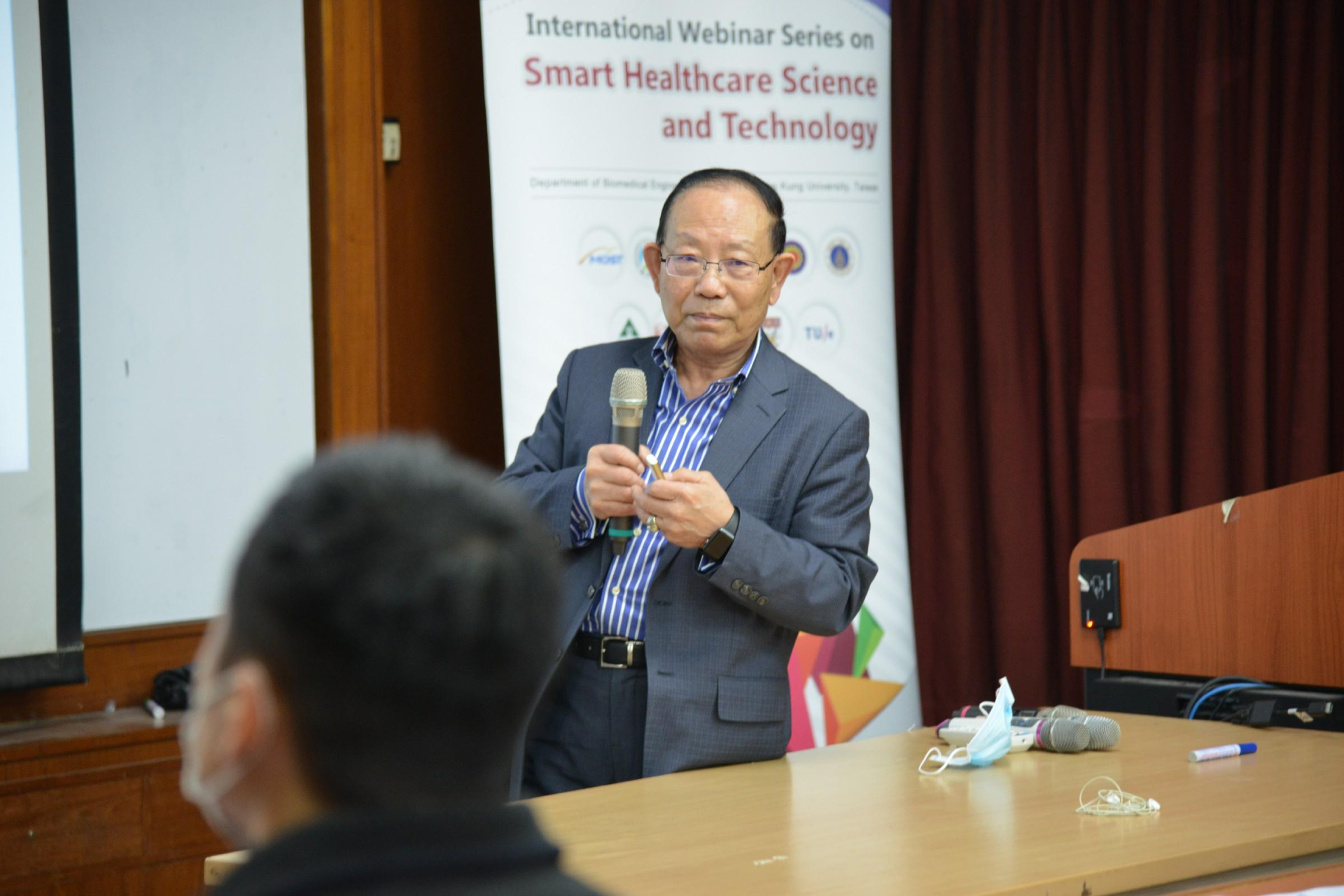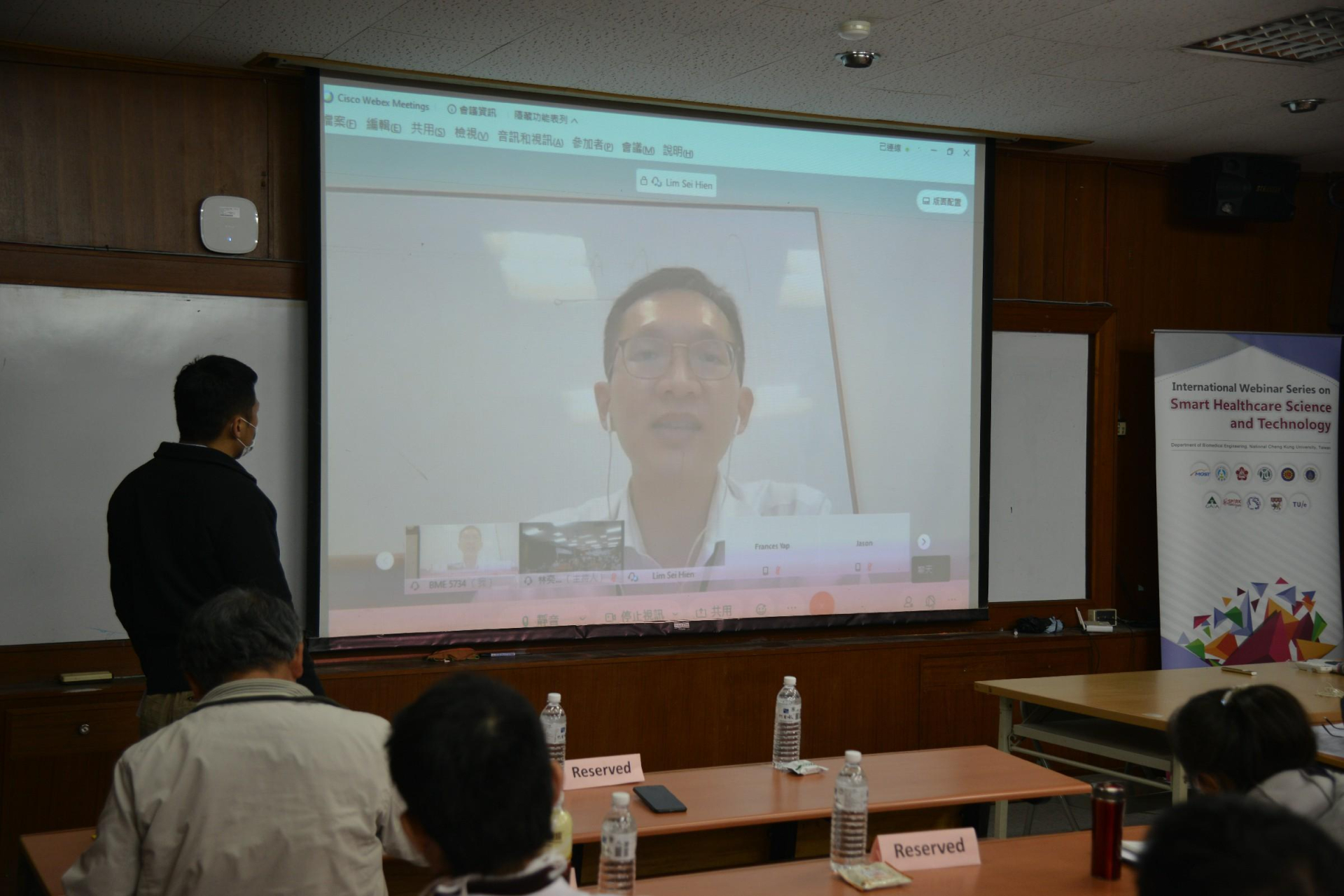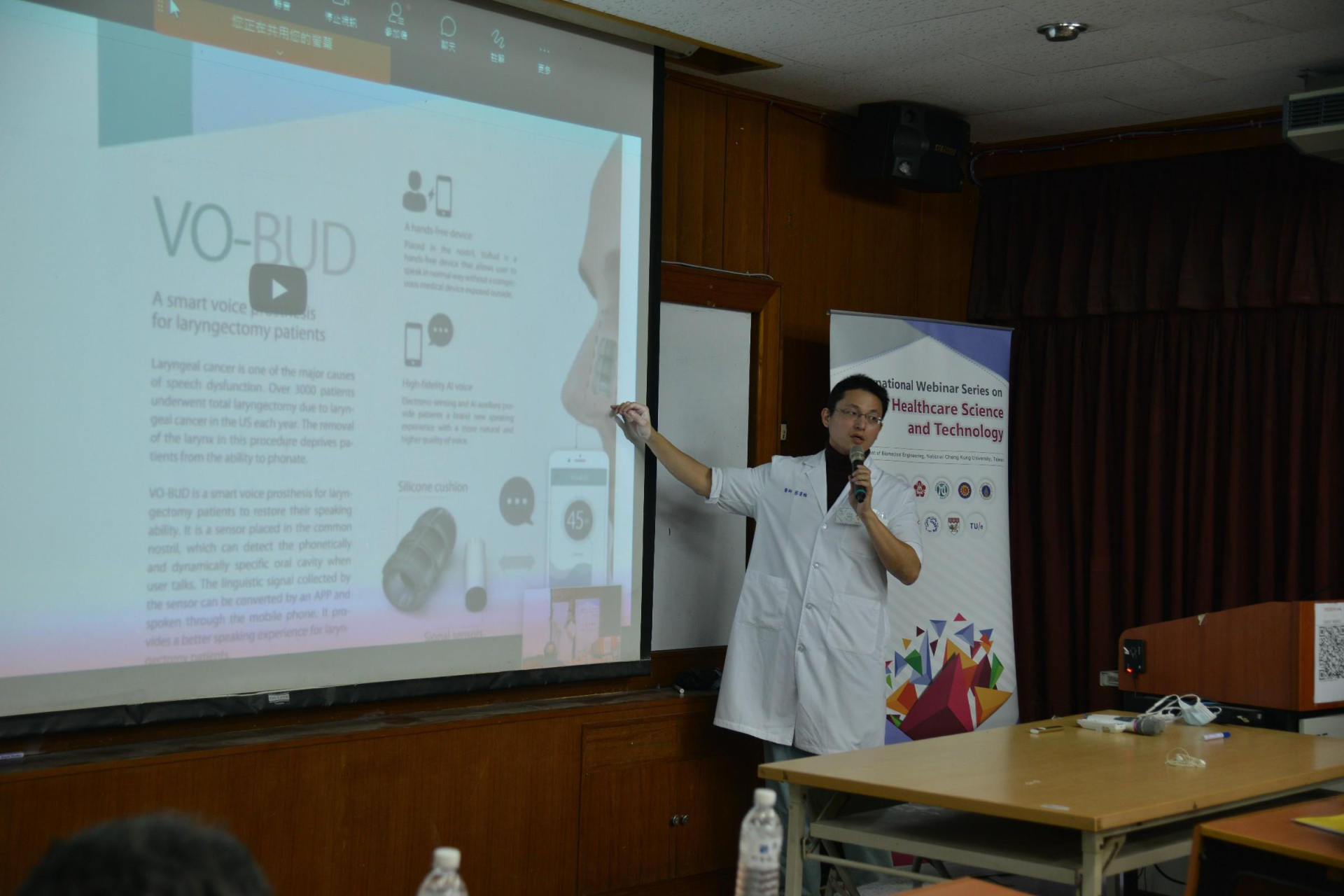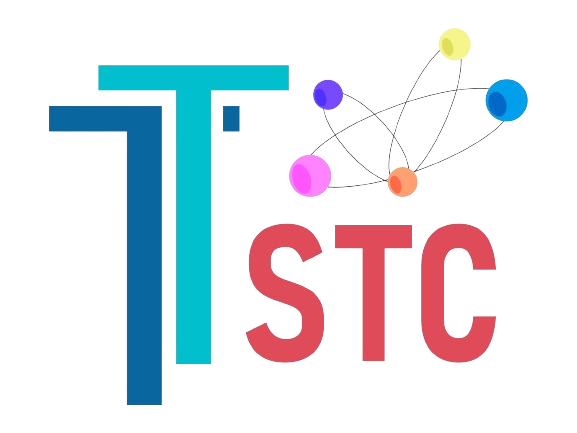Webinar | Innovation and The Role of Disruptive Technologies in Med Tech: AI, ML, IoT
As the demand for healthcare increases, many countries are confronted with the challenges of insufficient long-term care workforce and the heavy burden of healthcare expenditure. The appearance of Coronavirus has pushed our modern world to accelerate digitalization in healthcare. While we hardly rely on traditional thoughts and methods to solve problems, disruptive innovations should become future trends. Especially with the help of disruptive technologies such as big data, machine learning and artificial intelligence, our future world is hopefully to realize a medical landscape beyond traditional approaches with personalized precision medicine, telehealth and home care, shared decision making, intelligent ward, and so on.
On January 14, International Webinar Series on Smart Healthcare Science and Technology came with the topic “Innovation and The Role of Disruptive Technologies in Med Tech: AI, ML, IoT.” Hosted by Asst. Prof. Ting-Yuan Tu, Ph.D., Department of Biomedical Engineering from National Cheng Kung University, the webinar invited both Taiwan and experts in New Southbound nations to share their insights and successful experiences in biomedical innovations as well as potential applications of disruptive technologies. “Smart healthcare starts with information gathering, then applies technologies such as big data analytics and AI etc, to develop into medical solutions for the benefits of the patients and the society by integrating and analyzing the information, moreover, to reduce the cost efficiently with a complete service and business model. It can be applied in to disease diagnosis and prevention, especially at this tough time of COVID-19 pandemic” said Mr. Augustine Lien, Chairman & CEO, Taiwan Aulisa Medical Devices Technologies, Inc. from Taiwan. Experienced in medical device innovations, Mr. Lien developed the first medical-certified, wearable wireless continuous patient monitoring and alarm system in the world. It has been used in hospitals、long-term care centers、and individual patients being cared at home..

Pic1: Mr.Lien introduced smart healthcare innovation strategies.
Lim Sei Hien, PhD, an Applications Development Scientist at AIM Biotech, a startup company in Singapore, has a wealth of experience in microfluidics. His team established 3D phenotypic models in microfluidics for research, drug screening and diagnostics. The potential to integrate organoids, 3D bioprinting techniques and microfluidic chips can help elevate the predictiveness and usefulness of in vitro assays. “It takes a long time to bring a new drug to the market. A predictive in vitro model could shorten the development time for new drugs, and benefit the patients” said Dr. Lim.

Pic2: Dr. Lim shared 3D in vitro model and biomedical innovation practices.
Shu-Wei Tsai, MD, a NCKU Hospital ENT attending as well as the Assistant Professor Expert in NCKU Biomedical Department shared a successful medical innovation from the perspective of a laryngologist. As a Stanford Biodesign Global Fellow, he and his team cooperated with Stanford University Hospital and developed a Laryngectomee Revoice System using a voice prosthesis and artificial intelligence. The smart system is composed of a wearable sensor and app system "Tsvoice vobud." When the sensor collects linguistic signals, the app could convert them into intelligible voices and assist the laryngectomy patients to have better speaking experience. “Global voice technology market is becoming potential while our life depends on the internet and smart life to a larger extent. From medical unmet needs, over 50 million people in the world have speaking dysfunction due to disease each year. The power of advanced technology will help the patients to voice again.” mentioned Dr. Tsai.

Pic3: Dr. Tsai introduced Laryngectomee Revoice System
Healthcare networks in New Southbound nations are mostly undergoing fundamental infrastructure construction and inadequate medical facility & staffing. The aging population is another upcoming issue to be tackled with. As a result, these obstacles attracted more attention to solution-oriented biomedical innovations in Southeast Asia countries. National Cheng Kung University and Mahidol University are working closely to co-organize this webinar and related serial events, hoping to create common dialogues about state of the art technology as well as industry trends, through sharings of Taiwan-SEA experts’ innovation experiences. More than that, aggregating both countries’ advantages in talents and industry strength, both universities are about to develop innovative medical technology in alignment with future needs.

